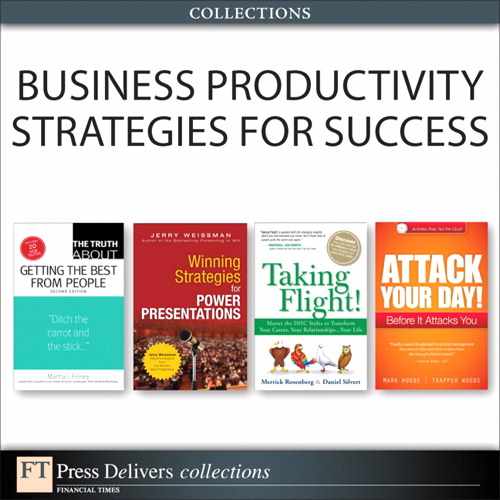58. Listening and Laughing with Johnny Carson
Late Night Lessons for Presenters
In Presentations in Action, you read how Johnny Carson, the legendary late night television star, serves as a role model for two critical factors in presentations: listening and the danger of humor. Those lessons were reinforced by the release of a compilation of selections of Mr. Carson’s television programs called, Tonight: 4 Decades of The Tonight Show starring Johnny Carson.
The collection was reviewed by the television critic for the San Francisco Chronicle, David Wiegand, who described Mr. Carson’s listening skills perfectly:
It wasn’t so much that Carson was a good interviewer—it was that he was a superb listener, giddier when one of his guests got off a good line than he would have been if he’d said the line himself.
What difference does it make if a late-night host is a good listener or not? More than might be apparent, especially today when it seems as though the rule book for late-night hosts dictates that you display your own cleverness and, too often, snarkiness, at the expense of everything else.
By contrast, a host who’s a good listener becomes a real stand-in for the home audience. By showing himself more interested in the guests than finding a way to get in a good line himself, Carson made us feel as if we were sitting next to him at the desk asking the questions and, more important, interested in knowing the answer.1
Mr. Wiegand’s observations were seconded by his colleague, Dorothy Rabinowitz, the television critic of the Wall Street Journal, who summarized Mr. Carson’s listening skills in one sentence:
This was not a show host in a hurry to get himself back to stage center.2
Effective listening strikes at the essence of two aspects of presentations:
• Listen as you are asked questions. Make sure that you identify what your audience wants to know before you answer.
• Read the reaction of your audience for non-verbal signals—consider it silent listening. See whether your answer is producing head nods. If not, amplify your answer.
In both cases, your goal is to make your audience feel what Mr. Carson made his audiences feel, that you are more interested in your audience than in yourself.
Mr. Wiegand’s observations about Mr. Carson’s humor are also worth noting:
What’s fascinating about a Carson monologue is how often the jokes fail to ignite, but, truth to tell, Carson was at his comedic best when the joke didn’t work. To adapt a Mae West line, when he was good, he was funny; when he was bad, he was better.
I hope this puts to rest that pervasive notion that one should start a presentation with a joke. If Mr. Carson, whose jokes were written by a crack team of professional comedy writers, bombed occasionally, why should you even try?
I also hope that you’ll bear with my repeating these lessons about listening and laughter. After Death by PowerPoint, the lack of listening and failed attempts at humor rank high on the list of common mistakes presenters make—repeatedly. You can avoid these mistakes by learning from the King of Late Night Television. Johnny Carson won his rating period every year for 30 consecutive years.3
When you present, present to win.
